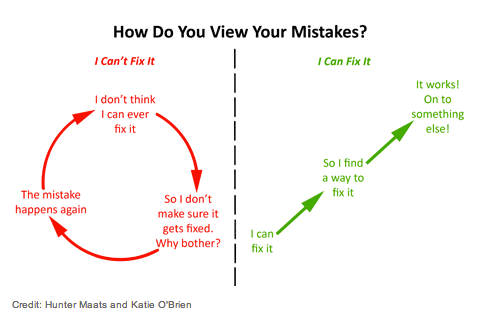Inspiration #1
Ms. Frank shared these photos from yesterday's classroom. In this lesson, her student teacher, Miss Scott, engaged students in parallel lines with a transversal by having students develop their own replica. Students used their design and then worked collaboratively to formulate answers to questions about the content.
Inspiration #2
Jackie Gerstein, Ed.D., posted this photo on Twitter not long again, and it really made me think about the learning process. This is a great photo to share with students to expand their growth mindset...we can all grow and learn if we think we have the power to do so!

Inspiration #3
I don't think I've said it enough this year, so here goes, "I love stations!" There, I've said it. And, to further my point, here's a great article from Edutopia (I highly recommend you follow them on Facebook, Twitter, etc.) that merges Flipped Classroom models with stations. For those of you who've wanted to try "Flipping," this article addresses real concerns about the model and provides realistic solutions. Check it out: http://www.edutopia.org/blog/flipped-classroom-in-class-version-jennifer-gonzalez?utm_source=twitter&utm_medium=post&utm_campaign=blog-flipped-classroom-in-class-version-image.
Inspiration #4
And, last but not least for this week's blog, an opportunity to reflect about grading. This is a conversation that we will be having in much more depth in the coming months, but in the meantime, I recommend Justin Tarte's blog to get you thinking: http://www.justintarte.com/2014/04/10-questions-to-start-grading.html.














